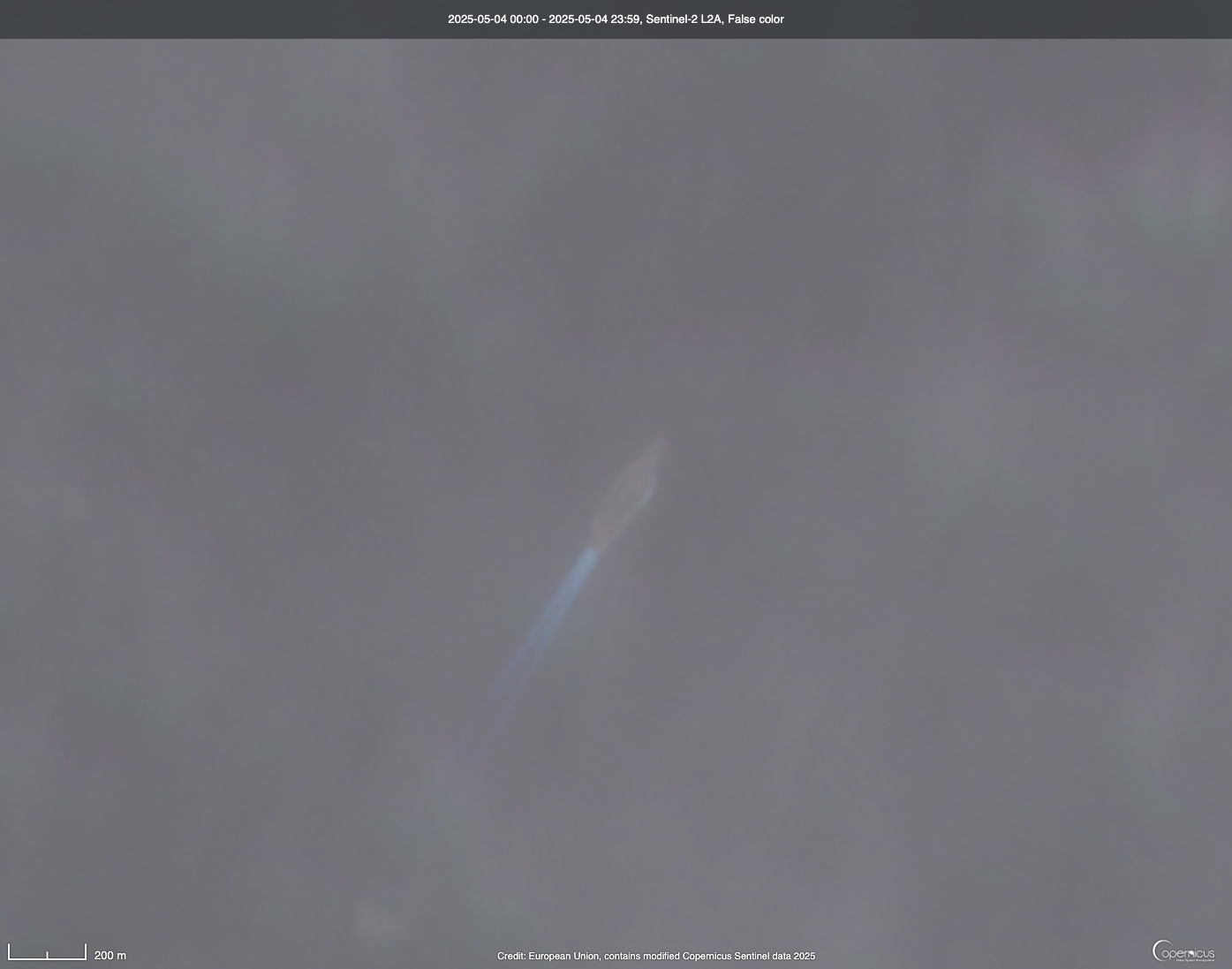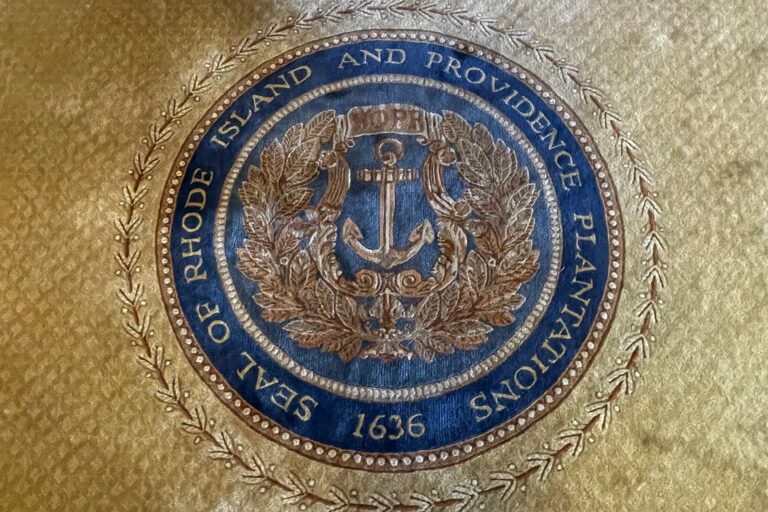
Satellite imagery has captured a United States aircraft carrier in the South China Sea, where China claims sovereignty over most of the waters, claims that overlap with those of a number of other countries.
The U.S. Seventh Fleet, which maintains America’s naval presence in the Western Pacific Ocean, confirmed the deployment of USS Nimitz in the South China Sea to Newsweek. The Chinese Defense Ministry did not immediately respond to a written request for comment.
Why It Matters
The presence of the Nimitz and its carrier strike group in the South China Sea comes as the U.S. military and the Philippines, a mutual defense treaty ally, are carrying out Exercise Balikatan, their largest annual drill, from April 21 to May 9.
The Nimitz was previously underway in the waters east of the Philippines, a Newsweek map shows. It became the first U.S. aircraft carrier to operate in the South China Sea since early April, following the departure of USS Carl Vinson, which was re-tasked to the Middle East.
What To Know
A satellite image reviewed by Newsweek shows the Nimitz was in the South China Sea on Sunday. It was first seen in that region the day before, 118 miles northeast of Scarborough Shoal, said open-source intelligence researcher @MT_Anderson on X (formerly Twitter).

Copernicus
Scarborough Shoal, a rich fishing ground known as Bajo de Masinloc in the Philippines, was seized by China in 2012 after a standoff between Chinese and Philippine forces. The atoll is closer to the Philippine main island, Luzon, than China’s southernmost province, Hainan.
The Nimitz Carrier Strike Group “provides presence and combat-ready forces to the theater,” a spokesperson for the U.S. Seventh Fleet said in response to a Newsweek emailed inquiry.
“Assets assigned to U.S. [Seventh] Fleet operate alongside allies and partners every day to deter aggression and maintain security in the Indo-Pacific,” the Fleet spokesperson added.
The Nimitz, which is the oldest American aircraft carrier in active service, departed from its home port, Naval Base Kitsap in Bremerton, Washington, for what the U.S. Navy called a “regularly scheduled deployment” to the Western Pacific Ocean on March 21.
The Nimitz Carrier Strike Group was initially assigned four destroyers, but one of them, USS Wayne E. Meyer, has detached from the rest of the group and joined the Carl Vinson Carrier Strike Group for combat operations in Middle Eastern waters since at least April 13.
The U.S. has stationed a second aircraft carrier, USS George Washington, in the Western Pacific Ocean. It remained at its home port, Yokosuka naval base, near Tokyo in Japan, a local government website that tracks port visits by U.S. nuclear-powered warships shows.
What People Are Saying
U.S. Navy Rear Admiral Maximilian Clark, commander of the Nimitz Carrier Strike Group, said: “Operating forward as a strike group hones our ability to maintain persistent and capable forces at sea, always ready to provide our leaders with a broad spectrum of military capabilities to respond to any crisis or contingency.”
Senior Colonel Zhang Xiaogang, spokesperson for the Chinese Defense Ministry, said: “The South China Sea should be a sea of peace, cooperation and friendship. However, the Philippines holds a candle to the devil by currying favor and colluding with the U.S. and other outside countries to make provocations.”
What Happens Next
While the Nimitz is deployed for a Western Pacific Ocean mission, it remains to be seen whether it will be re-tasked to the Middle East amid tensions between the U.S. and Iran.




